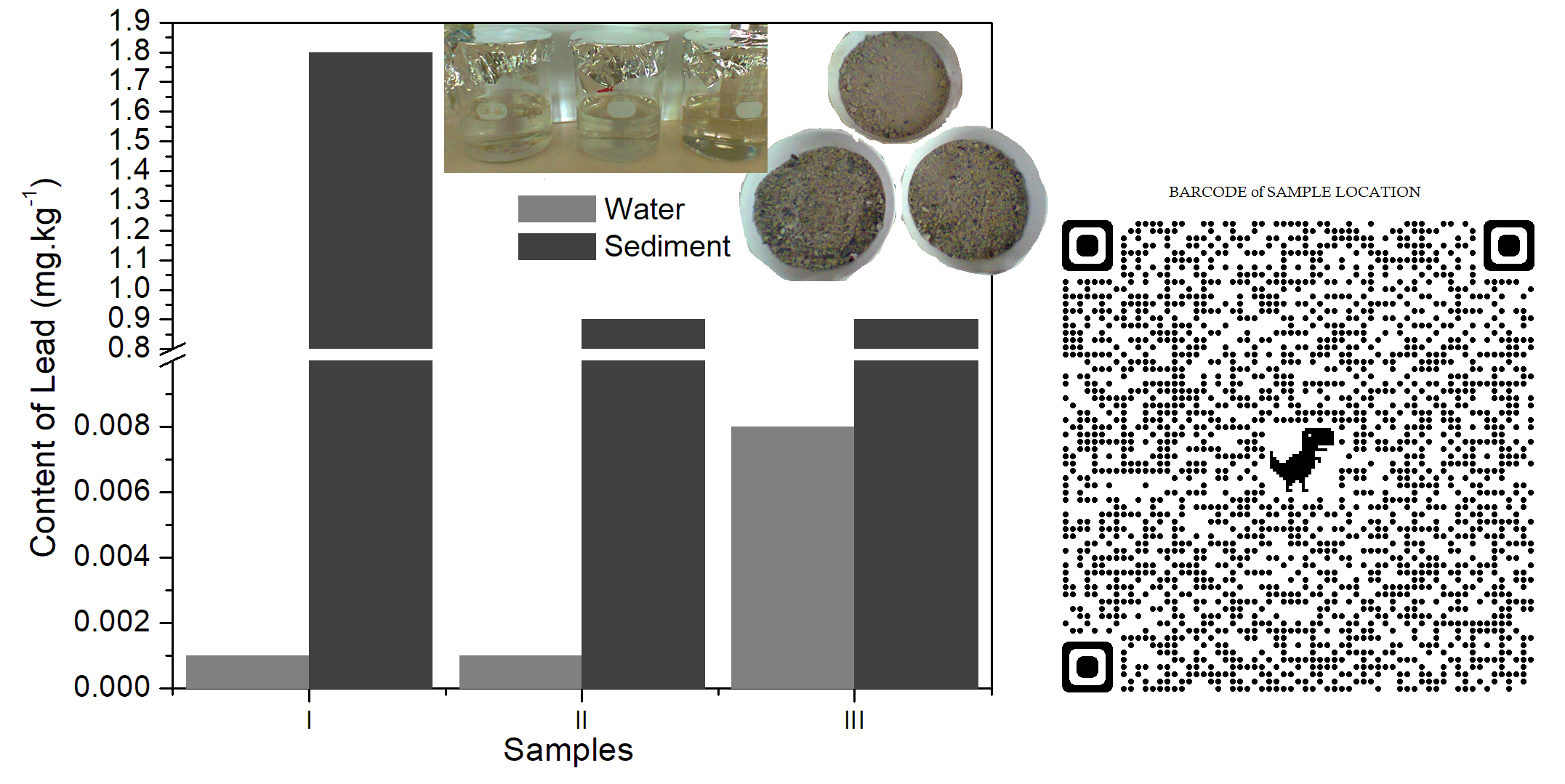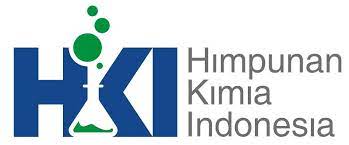
Lead Metal in Water and Sediment: A Case Study of Rumbia River
DOI:
10.29303/aca.v4i1.45Published:
2021-06-05Issue:
Vol. 4 No. 1 (2021)Keywords:
Rumbia river, water, lead in riverArticles
Downloads
How to Cite
Botutihe, D. N., Sappe, S. W., Kilo, A. K., La Kilo, J., & La Kilo, A. (2021). Lead Metal in Water and Sediment: A Case Study of Rumbia River. Acta Chimica Asiana, 4(1), 187–191. https://doi.org/10.29303/aca.v4i1.45
Downloads
Download data is not yet available.
Metrics
Metrics Loading ...






 Indonesian Chemical Society, Chapter Nusa Tenggara. Jalan Majapahit 62 Mataram, University of Mataram, 83125, Indonesia
Indonesian Chemical Society, Chapter Nusa Tenggara. Jalan Majapahit 62 Mataram, University of Mataram, 83125, Indonesia





